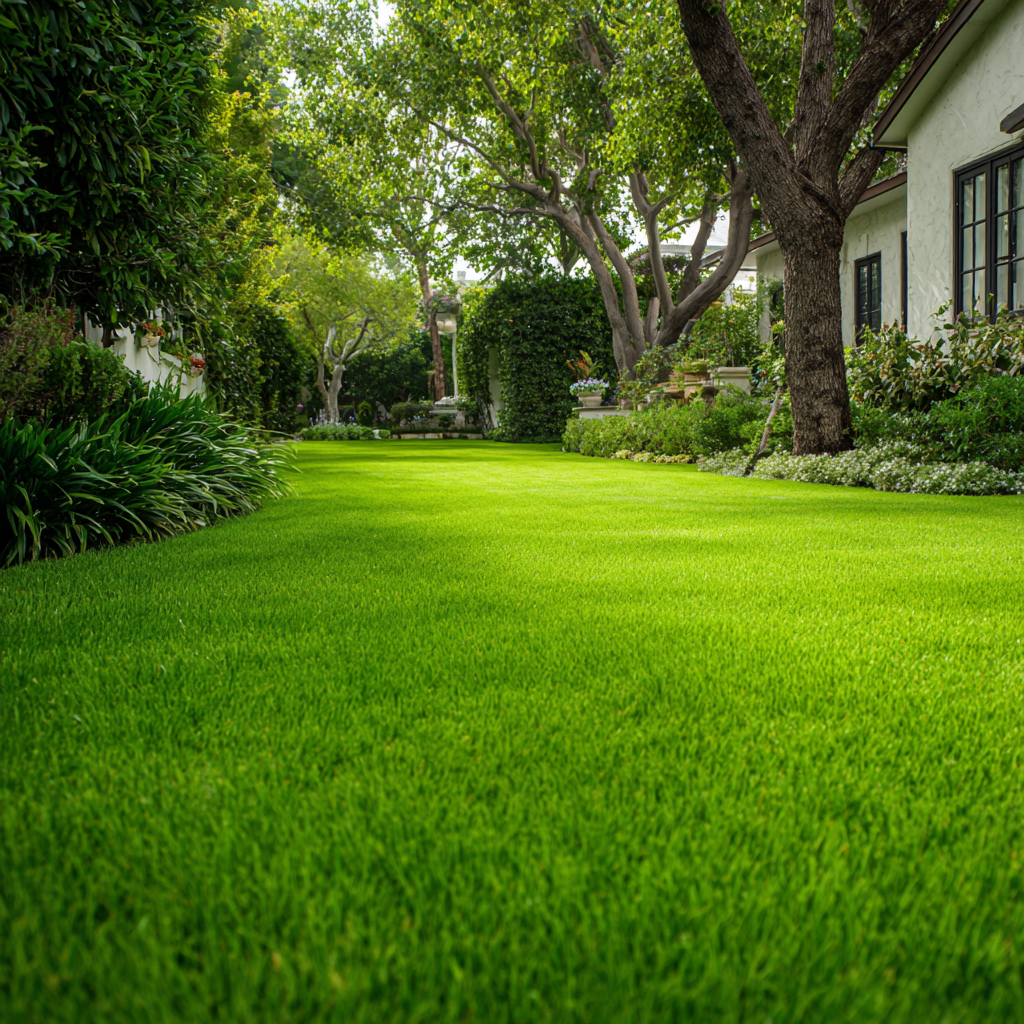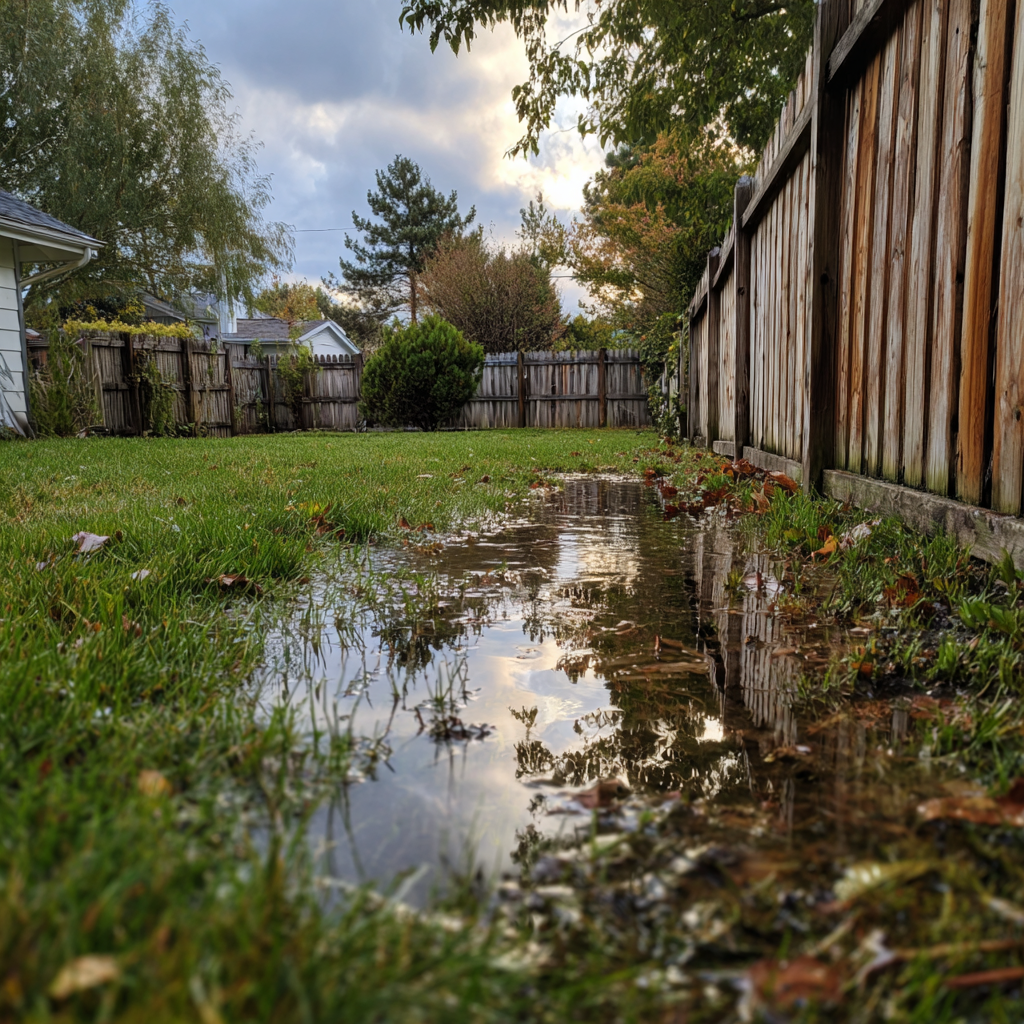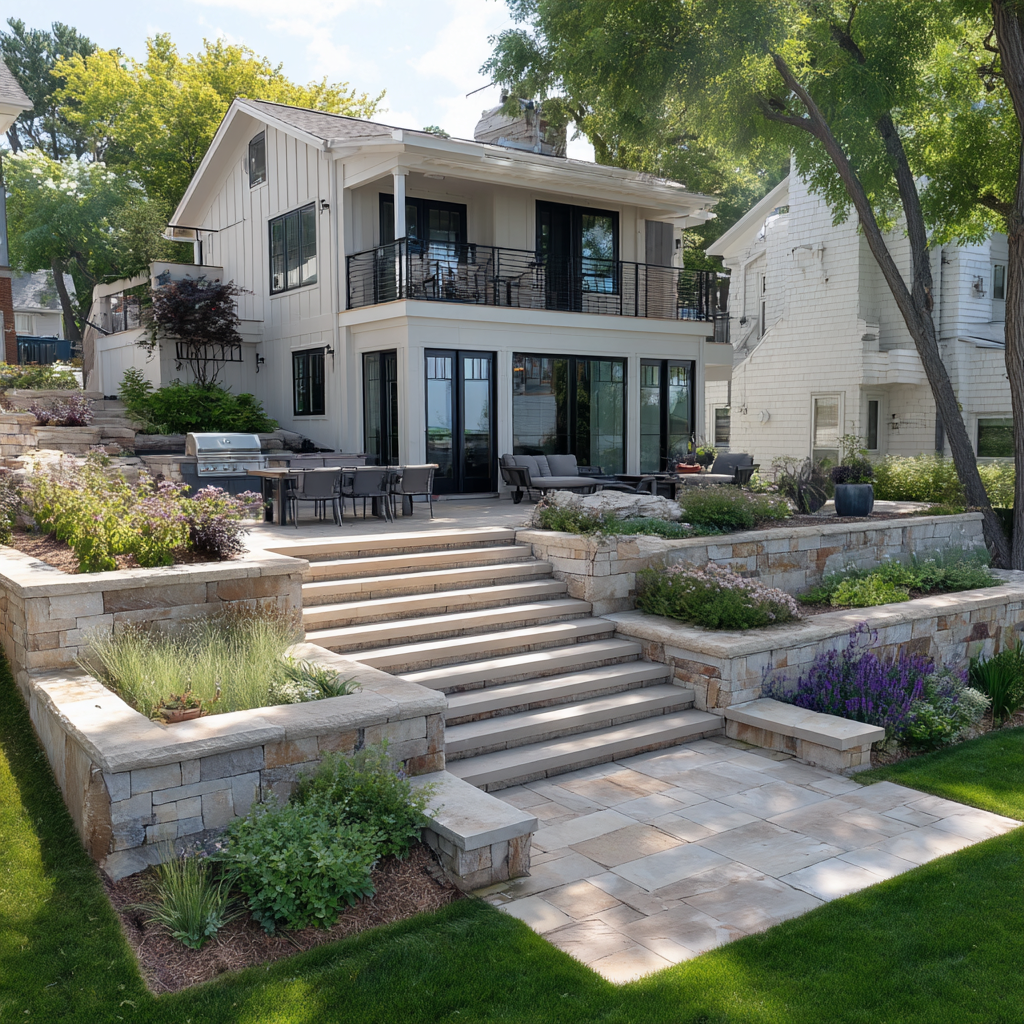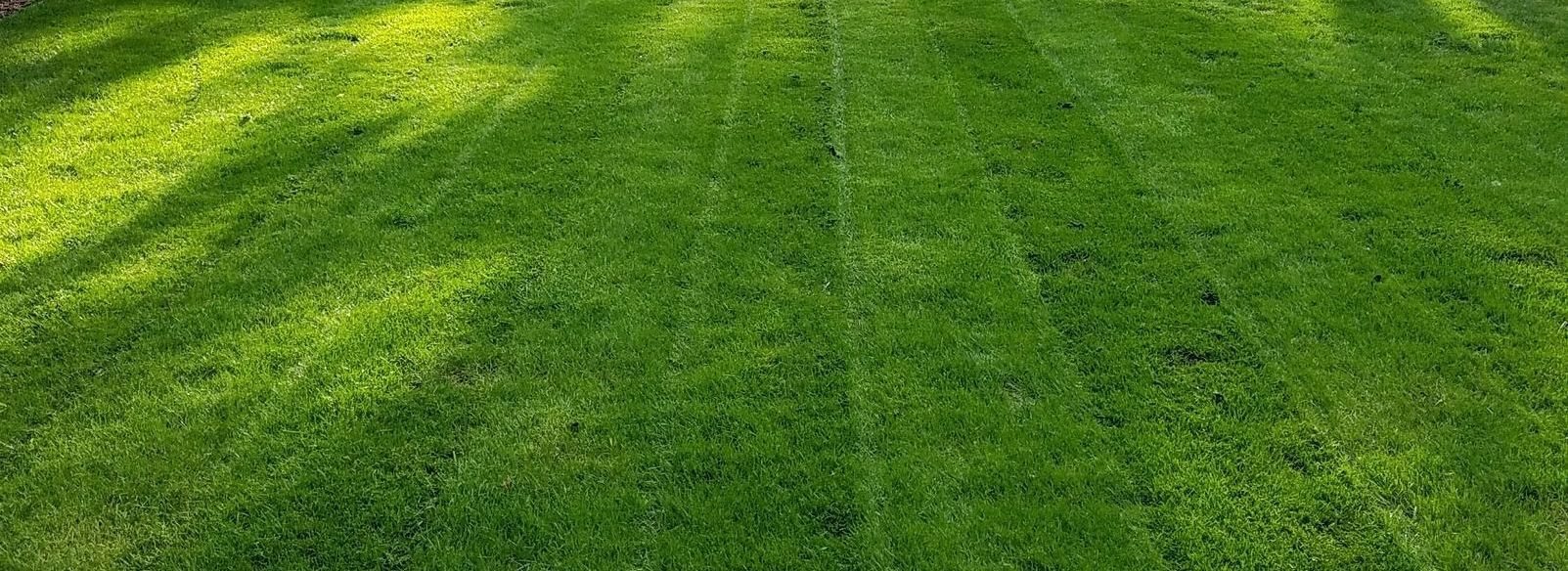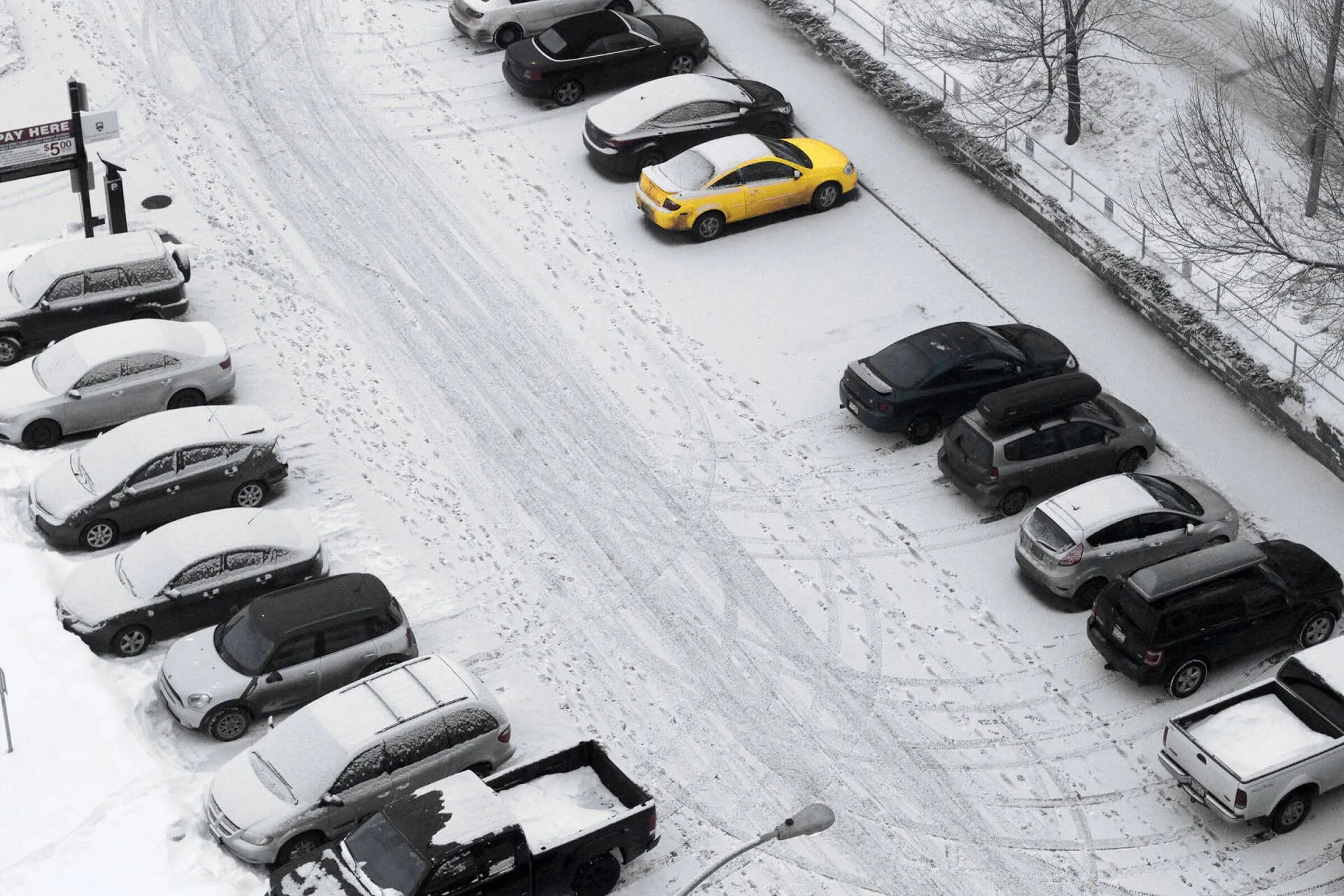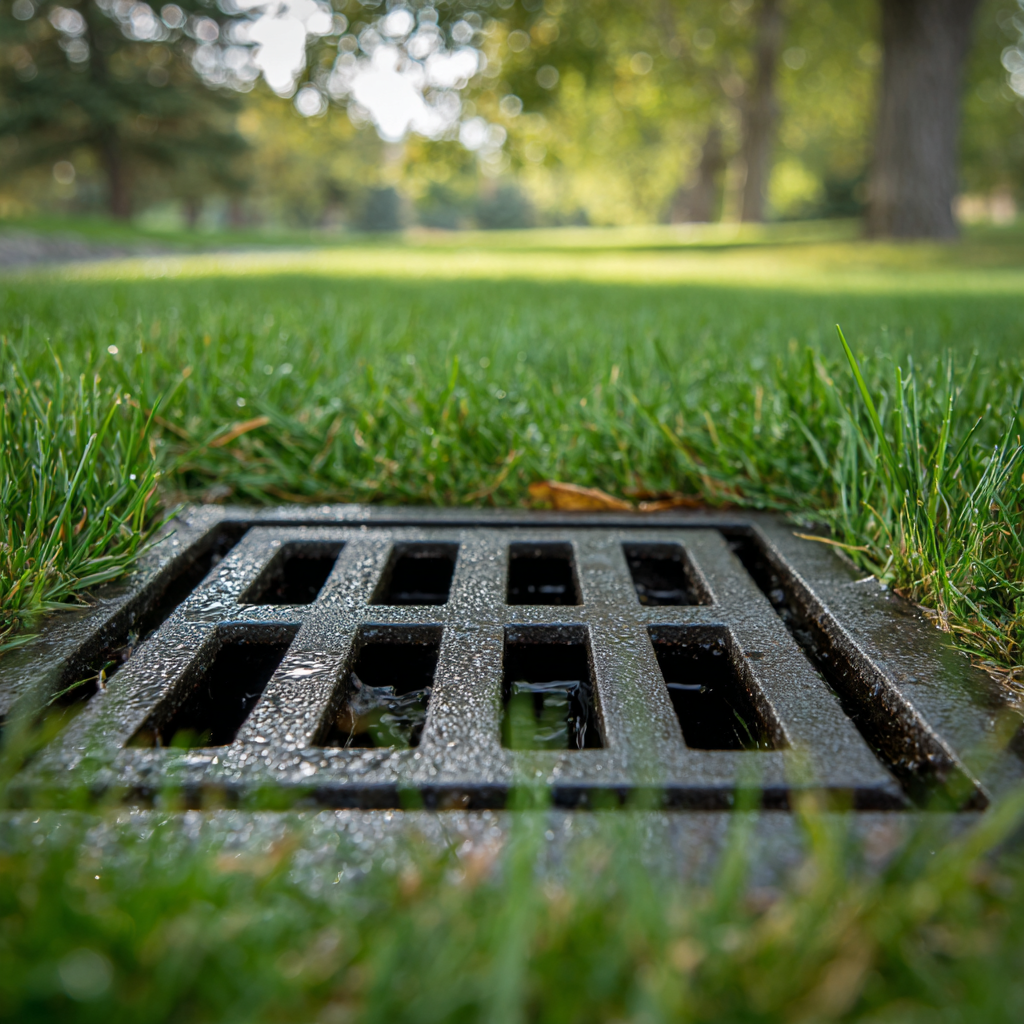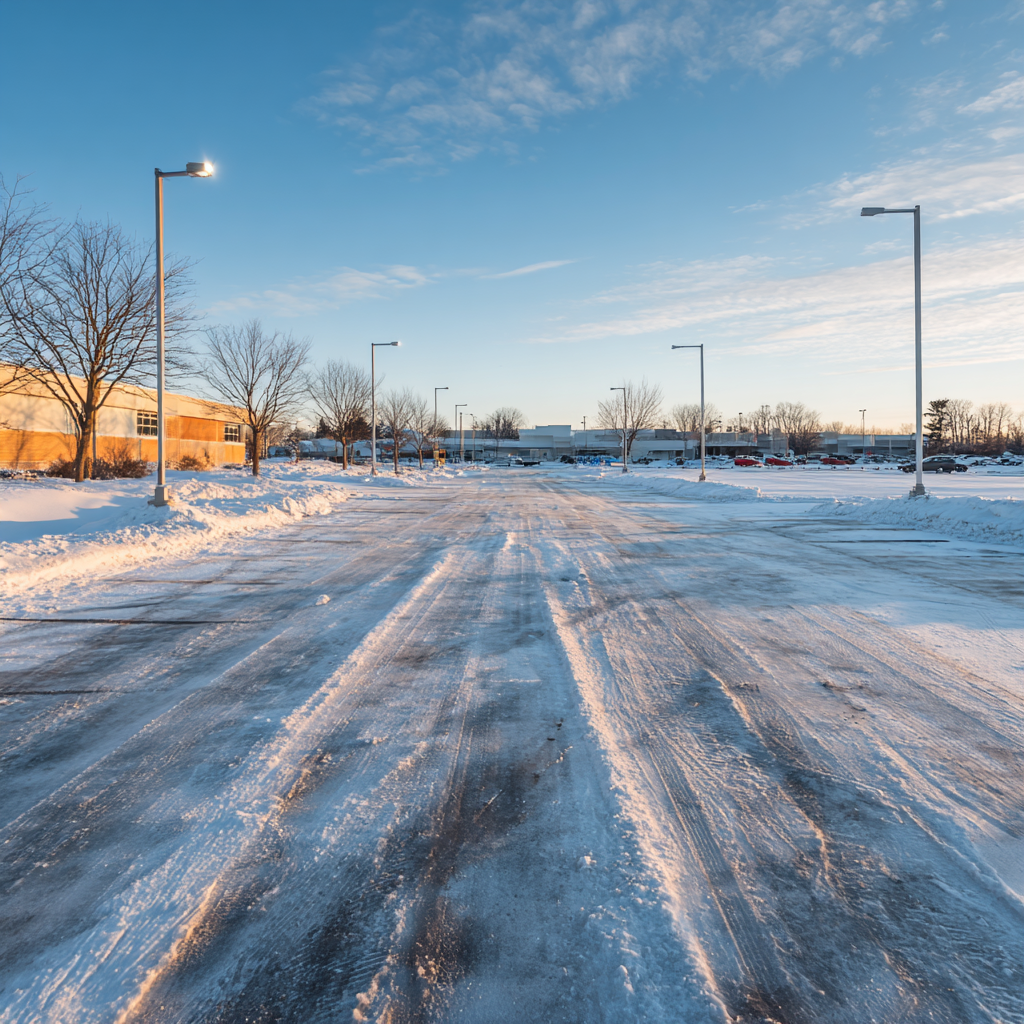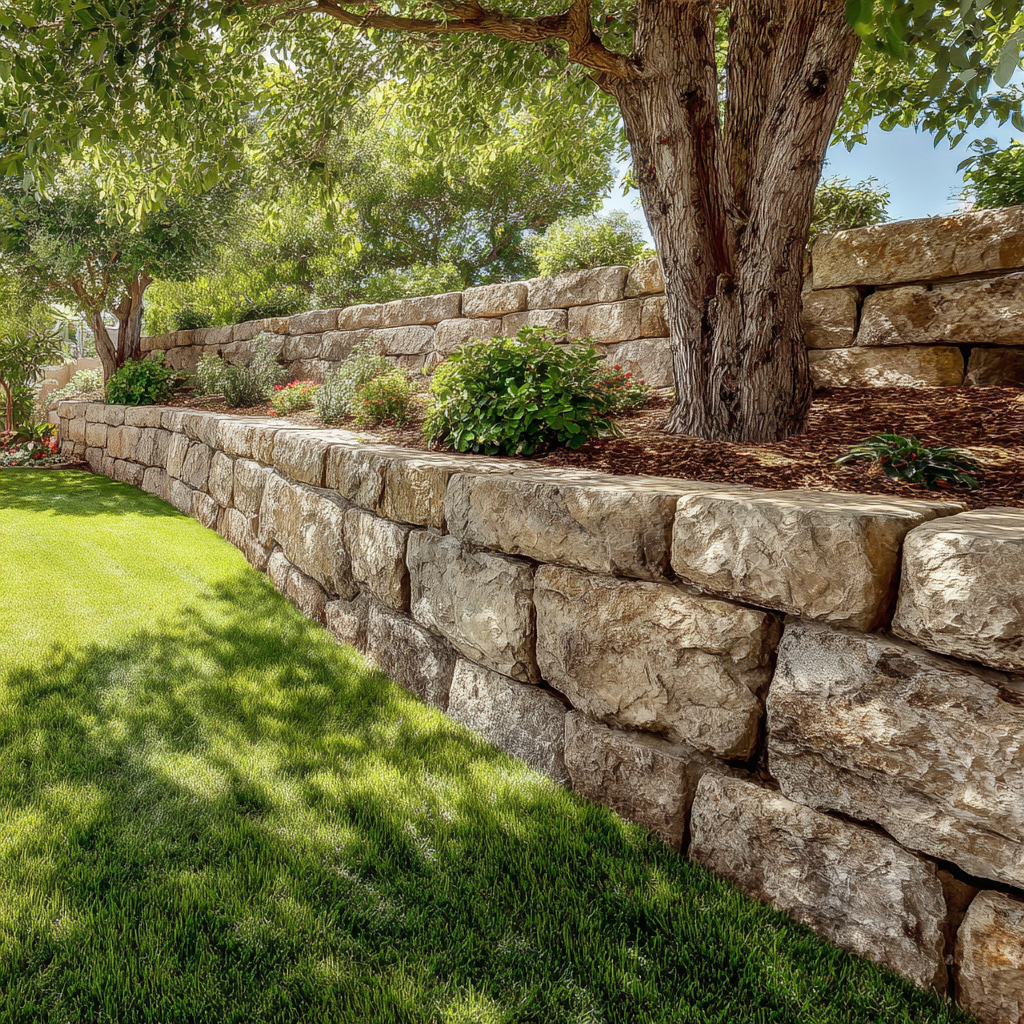Neighbor's New Plymouth Home Already Flooding Your Yard?
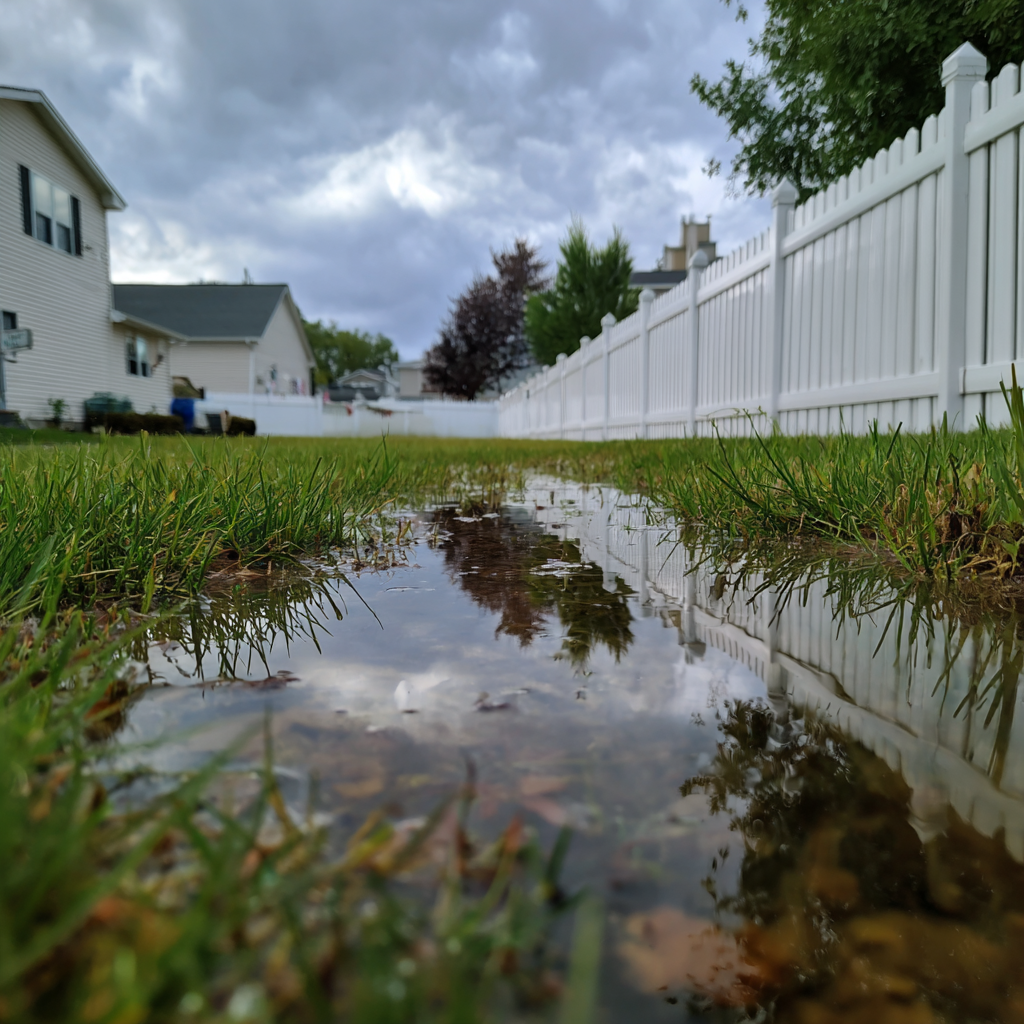
New Plymouth Home Already Flooding Your Yard?
They moved in last month. You've waved hello a couple times. But every time it rains, water from their property floods into your yard. Grass that was perfect for years is dying. Water pools near your foundation. And you're wondering how to fix this without starting a war with people you barely know.
Here's what we've learned working throughout Plymouth: new homeowners almost never know their property is causing problems. The builder finished everything, it looks great, and they had no reason to think about drainage. But the grading decisions made during construction are now destroying your yard, and both properties are already finished and landscaped.
What Builders Left Behind
When we assess properties after construction, we see problems homeowners don't notice. The yard looks fine. The landscaping is professional. But we look at the finished grades and immediately know where water will go during heavy rain.
We've examined dozens of new homes in Plymouth subdivisions where the builder met code but created drainage that destroys neighbor yards. Downspouts discharge right at property lines. Final grading slopes directly toward neighboring properties. Driveways concentrate runoff that blasts across boundaries. All technically legal, all problematic for whoever lives downhill.
Under that fresh sod they paid thousands for, there's heavily compacted soil from construction equipment. We've dug into these yards months after completion and found soil compacted three feet down. That lawn isn't absorbing water - it's shedding water faster than natural ground would.
The new homeowner never saw the grading plan. They weren't there when equipment was compacting soil. They don't know their downspouts dump hundreds of gallons toward your property during storms. From their perspective, they bought a nice house and everything seems fine.
Having the Conversation
You've maybe had one brief chat when they moved in. Starting a relationship by complaining isn't ideal. But we've seen what happens when people wait months hoping things improve - the damage gets worse, and eventually you're having a much harder conversation after being silently frustrated for six months.
Wait until you've had at least one or two normal interactions. Then approach them casually on a day when it's not raining. Keep it simple: "Hey, I wanted to mention something. Since your house was finished, I've been getting water in my yard during storms in areas that never had problems. I don't think you'd know about it, but wanted to bring it up in case we can figure something out."
Frame it as a builder issue they inherited, not something they caused. We've seen this go well when people understand their neighbor is being reasonable. We've seen it go poorly when people lead with anger. The new homeowner is often sympathetic once they understand - whether that translates into spending money to fix it is different.
Sometimes they're willing to redirect a downspout. Sometimes they're sympathetic but broke after buying the house. Sometimes they get defensive. Be prepared for any response and have a plan for fixing it on your property regardless.
What HOAs Actually Do
Many Plymouth subdivisions have HOAs with architectural committees and covenants. Homeowners often ask if the HOA can help with drainage disputes.
Here's what we've observed: HOAs focus on aesthetics. They care about lawn maintenance, paint colors, and whether you're storing boats in your driveway. They rarely get involved in drainage disputes unless there's specific covenant language, and even then enforcement is inconsistent.
We've read through many Plymouth covenants while working on projects. Some include language about not directing water onto neighbors. But getting HOAs to enforce these is difficult. They typically say it's a civil matter between homeowners.
Where HOAs sometimes help is with architectural approval for solutions you're installing. We've submitted plans for walls, grading changes, and drainage structures to committees. When designed to meet subdivision standards, we usually get approval.
Don't count on HOAs to solve your drainage problem, but make sure your solutions comply with their requirements.
Why "The Builder Should Fix This" Doesn't Work
Construction is complete. Permits closed months ago. The house has been sold. The builder has moved on.
We've watched homeowners try to pursue builders for post-construction drainage affecting neighbors. It rarely succeeds unless you documented problems before final inspection and can prove clear violations. Most builders include warranty language excluding drainage issues affecting neighboring properties.
Even if you could prove the builder created it, the legal process takes months, costs thousands, and usually ends in frustration. We've seen homeowners spend a year trying to get builder accountability while their foundation developed moisture problems.
The new homeowner didn't create this. They bought a house from a builder who made poor decisions about grading. Expecting them to pay for expensive fixes to problems they inherited is understandable but often unrealistic, especially right after purchase when money is tight.
This is why we focus on solutions you can implement on your property. Fighting about fault takes time that could be spent actually solving the problem.
Retrofitting Drainage Into Finished Landscapes
Both properties have established landscaping now. You've got plantings, maybe trees, established lawn. They've got new landscaping and irrigation. Working on drainage in this environment is completely different from installing during construction.
We specialize in retrofitting drainage into finished Plymouth landscapes. This requires different equipment and more precision than installing in bare ground. You're working around irrigation lines, tree roots, established plantings that have value.
When we install French drains in finished yards, we use smaller equipment that can maneuver without destroying everything. We hand-dig near trees to avoid root damage. We map irrigation before excavating so we're not cutting through lines. We route pipes to minimize trenches crossing planted areas.
The goal is solving drainage while preserving your landscape investment. We've installed comprehensive systems in yards with mature gardens and complex landscaping. Within one growing season you can barely tell we excavated. It's possible, but it requires experience.
French Drains Along Property Lines
French drains work well for intercepting water at property lines, but installation in finished landscapes requires careful planning. We've installed these along property lines throughout Plymouth where both properties have mature landscaping and irrigation.
The trench typically runs three to four feet deep, depending on soil compaction and where we need to reach for effective drainage. In established yards, we're often working around tree roots. We route trenches to avoid major roots when possible and hand-dig near valuable trees.
We've worked around irrigation countless times. Sometimes we route trenches to avoid lines entirely. Sometimes we temporarily disconnect and reroute sprinklers. If their irrigation contractor is still adjusting the new system, we coordinate timing.
We use 6-inch perforated pipe surrounded by gravel and wrapped in filter fabric. We've found 4-inch pipe doesn't handle concentrated flows from new construction. The system connects to solid pipe carrying water to storm sewers, street, or natural drainage areas depending on what's available.
After installation, we restore the surface. Sod over the trench, match existing grade, maintain irrigation coverage. Within months, surface evidence is minimal while the system works constantly underground.
Catch Basins in Finished Yards
New construction creates specific points where water concentrates. We identify these by walking properties during rain and seeing exactly where water accumulates. In finished landscapes, catch basins need to go precisely at these points.
We install 18-inch or 24-inch basins sized for the flows we're handling. The grated top sits at grade, often integrating with existing lawn or hardscaping. Below ground, the basin connects to pipe moving water away.
Installing in established yards means working around existing features. Sometimes the ideal location is in a planted bed and we need to relocate plants temporarily. Sometimes it's in lawn and installation is straightforward. Sometimes it needs to integrate with hardscaping and we match materials.
When done properly, catch basins in established landscapes look like they were part of the original design, not emergency fixes.
Channel Drains for Concentrated Runoff
When their driveway or patio funnels water directly at your property, channel drains provide linear collection that intercepts water before it spreads. We've installed these at property lines where neighbors' hardscaping creates rivers during storms.
In finished landscapes, channel drains often integrate with existing features. If you have a patio near the property line, we can install along that edge where it makes sense. If it's running through lawn, we set it at grade and it becomes a subtle feature.
We use 6-inch or 8-inch systems, not small residential versions that overflow. The grated trench collects high volumes and connects to underground piping. Proper sizing makes the difference between systems that work and ones that are overwhelmed.
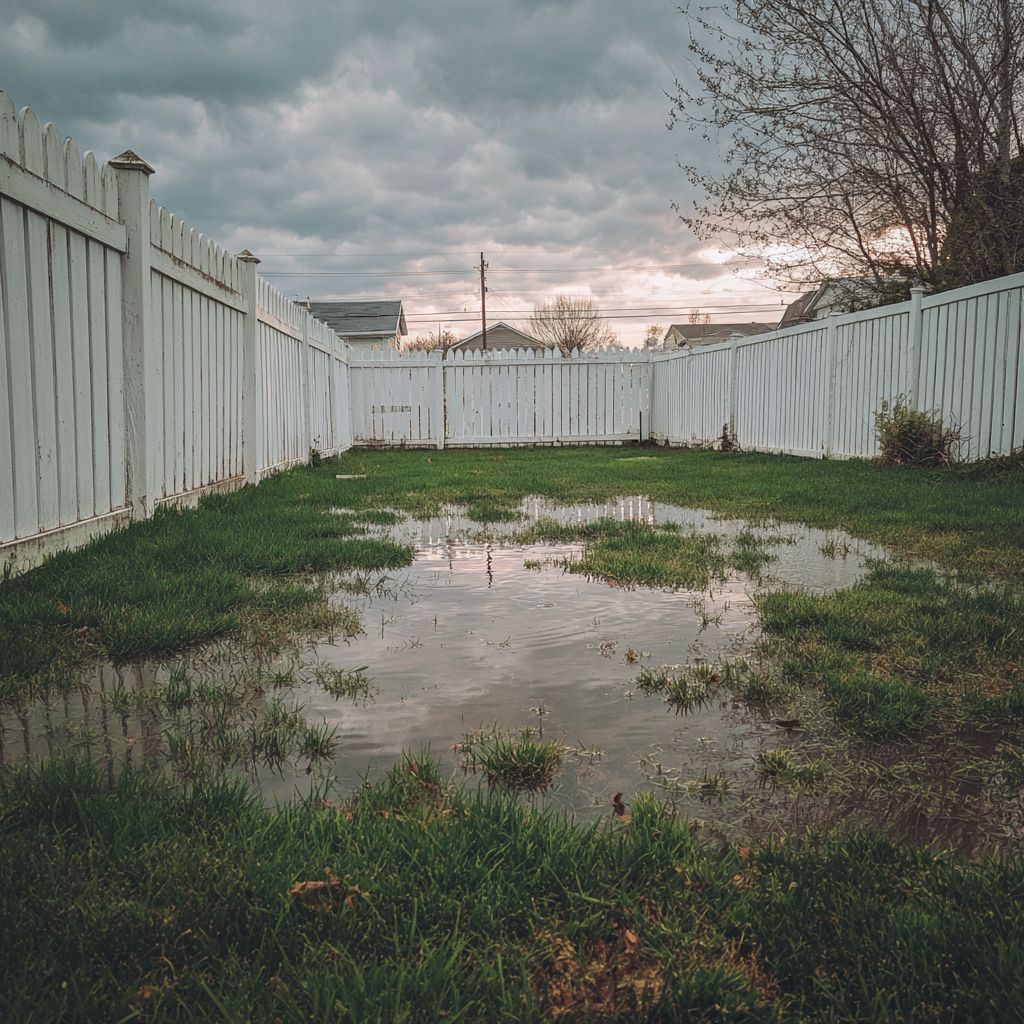
Swales in Established Yards
Plymouth subdivisions have established final grades. The topography isn't natural - it's been created by development and lot grading. Swales need to work with these finished grades.
We've designed swales in established yards that redirect water while looking like intentional landscape features. These are vegetated channels guiding water along specific paths, using existing grades to move water where you want it.
We use laser levels to map existing topography precisely, then design swales that function with those grades. A swale positioned by guesswork often doesn't work because water follows actual grades.
Planted with appropriate vegetation and maintained like garden beds, swales become features that solve drainage while enhancing landscapes.
Retaining Walls for Grade Differences
Sometimes the grade difference is extreme enough that walls become necessary. We've built walls in established Plymouth landscapes where the neighbor's finished grade is several feet higher, and managing that elevation requires structural solutions.
Walls in finished yards need to integrate with existing landscaping. We work around mature plantings when possible, match materials to other hardscaping, and design walls that look intentional.
The critical element is drainage behind the wall. We build with perforated pipe in gravel backfill, weep holes through the face, and proper base preparation. We've seen walls without adequate drainage fail within years when water pressure builds up.
Plymouth subdivisions often have standards for walls - approved materials, maximum heights, setback requirements. We work within these while designing walls that solve drainage effectively. Walls over four feet require engineering.
Working With Plymouth Soil and Drainage Patterns
Working throughout Plymouth, we've observed patterns in how subdivisions drain. Many developments are built on clay-heavy soils that don't absorb water quickly even undisturbed. Add construction compaction and you've got essentially impermeable soil.
We've worked in multiple subdivisions where several properties in the same area have similar issues. This happens because subdivision grading creates overall patterns affecting multiple lots. Understanding these larger patterns helps us design solutions that work with how water actually moves through neighborhoods.
Storm sewer locations matter for where you can discharge water. We check placement before designing systems because that determines practical discharge points. Plymouth's newer subdivisions typically have storm sewers, but access points aren't always convenient. Sometimes we're running pipes fifty feet or more to reach discharge locations.
Clay soils affect how we design systems. French drains in clay need to be designed as conveyance systems moving water away, not infiltration systems depending on water soaking in. We size components for managing water in clay conditions.
Coordinating With Neighbors on Shared Solutions
Occasionally the best solution involves work on both properties. We've worked with neighbor pairs in Plymouth who addressed drainage cooperatively, splitting costs and implementing systems benefiting both properties.
This requires both homeowners to be reasonable and willing to invest. When it works, it's often more effective than solving from one side. A swale along the property line on both sides. A shared catch basin system. Coordinated grading helping both properties.
Frame it as mutual benefit: "We're both dealing with drainage issues because of subdivision grading. I've gotten quotes on solutions that could help both properties if we worked together."
We've seen successful cooperative projects and situations where one homeowner wanted cooperation and the other refused. You can't force participation. If they're not interested, implement systems entirely on your property.
The reality is you can only control your side of the property line. Shared solutions are great when both parties are willing, but independent solutions give you complete control.
When to Bring in Professionals
Retrofitting drainage into finished landscapes isn't DIY territory. The cost of mistakes in established yards is high - destroyed landscaping, damaged irrigation, cut roots, systems that don't work because they're positioned wrong.
We bring experience from installing throughout Plymouth's subdivisions. We know where irrigation typically runs. We understand how to work around mature plantings. We have equipment minimizing surface disruption. We map grades precisely so systems are positioned where water actually flows.
When homeowners try DIY in established yards, we often get called to fix installations that didn't work. French drains installed too shallow. Catch basins placed where homeowners thought water should go rather than where it goes. Systems that looked good but don't function during storms.
Getting it right the first time saves money compared to trying approaches that don't work, damaging landscaping, and eventually hiring professionals anyway.
Maintaining Drainage Systems
Drainage systems in established landscapes need maintenance, though less than most expect. We tell clients what to watch for.
Catch basins need occasional cleaning to remove debris. Once or twice yearly, pull the grate and remove leaves and sediment. This takes ten minutes.
French drains with filter fabric don't typically clog, but surface inlets need to stay clear. Keep gravel surface strips free of grass clippings and leaves.
Swales need maintenance like any planted feature. Keep vegetation healthy. Remove debris after storms. Make sure the channel hasn't filled with sediment.
We've checked systems years after installation. When maintained appropriately, they continue working effectively long-term. We've seen French drains installed five years ago still handling flows perfectly.
Fix It Now, Preserve Relationships
The builder is gone. Construction is finished. Your neighbors are settling in. The drainage problems won't resolve themselves, and waiting allows damage to accumulate.
Professional drainage solutions retrofitted into finished landscapes protect your property while working within realities of established yards and neighborhood aesthetics. We've solved these situations throughout Plymouth - intercepting water at property lines, managing runoff from new construction, working with finished landscapes.
Whether your neighbor wants to discuss it, cooperate, or isn't interested, effective systems can be installed on your property that address issues regardless of their participation. You can be a good neighbor while protecting your home.
New neighbor's home causing drainage problems on your Plymouth property? Contact KG Landscape for an assessment. We specialize in retrofitting drainage solutions into finished landscapes.
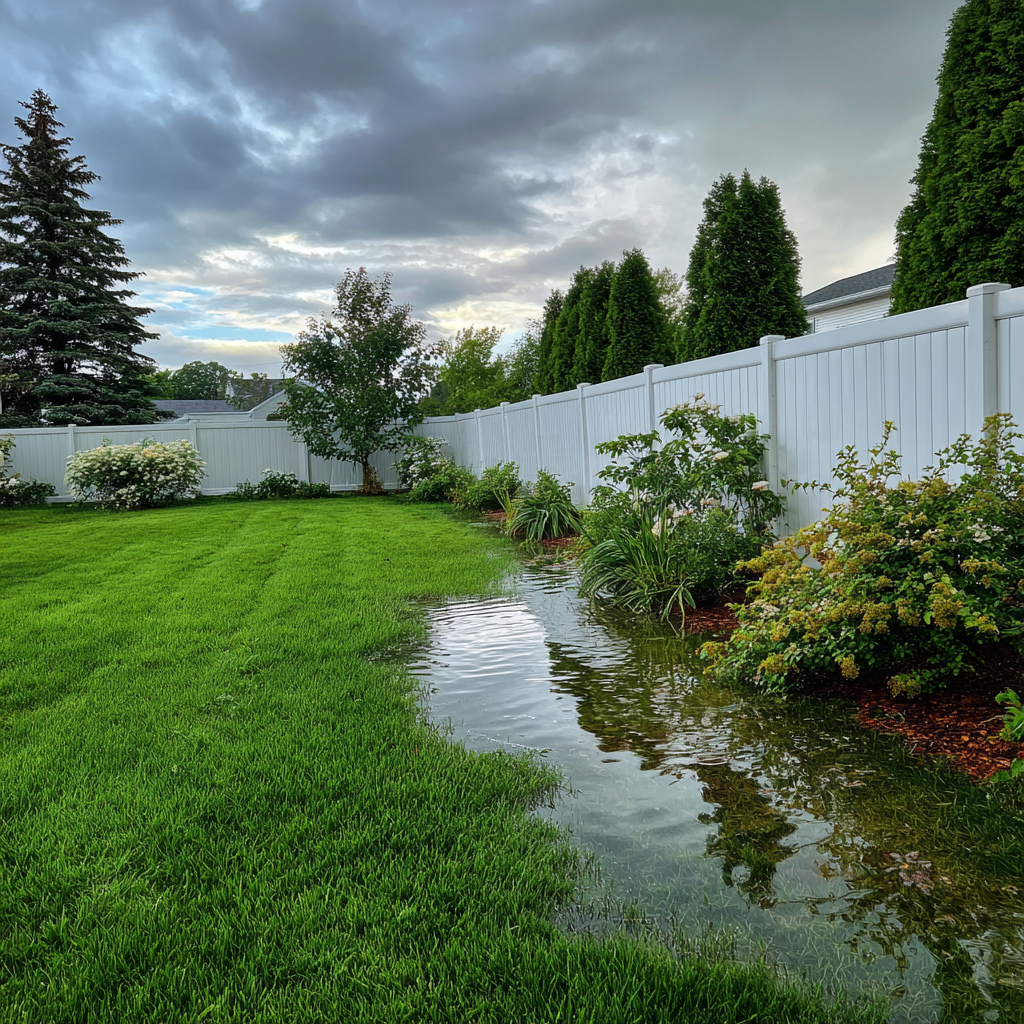
Frequently Asked Questions
Can I install drainage solutions without tearing up my established landscaping?
Yes, with proper equipment and techniques. We've retrofitted French drains, catch basins, and channel drains into yards with mature plantings, irrigation, and established lawns throughout Plymouth. We use compact excavation equipment, hand-dig near valuable trees, and map irrigation before excavating.
Trenching temporarily affects surface areas, but we restore sod or plantings after installation. Within one growing season, surface evidence is minimal while the system functions underground. The key is working with contractors experienced in retrofitting drainage rather than those who only work in bare yards.
Protecting existing landscapes while solving drainage requires different approaches than standard installation.
What if my new neighbor doesn't want to discuss the drainage problem?
This is common, which is why we focus on solutions you can implement independently. After approaching your neighbor reasonably, if they're not interested or able to help, move forward with drainage systems entirely within your property. We've installed effective solutions in countless situations where neighbor cooperation wasn't possible - French drains along property lines, catch basins intercepting water as it enters your property, channel drains collecting concentrated flows. These work regardless of what's happening on the neighboring property. While cooperative solutions can sometimes be more effective, independent systems give you complete control over implementation and timing.
How do HOA rules affect drainage solutions in Plymouth subdivisions?
Plymouth HOAs typically have architectural review requirements for visible changes including retaining walls, grading modifications, and sometimes larger drainage structures. Underground systems like French drains usually don't require approval since they're not visible after installation. Catch basins, channel drains, and surface features may need architectural committee approval. We've worked with numerous Plymouth HOAs and design solutions meeting aesthetic standards while solving problems. This means using materials consistent with neighborhood standards and positioning features to minimize visual impact. Most committees approve well-designed drainage projects because they protect property values. Review your covenants before starting and submit plans if required.
What's involved in retrofitting a French drain around mature trees and irrigation?
Retrofitting around mature trees requires planning to avoid root damage. We route trenches to avoid major root zones when possible, hand-dig within critical root zones of valuable trees, and adjust depths to pass under significant roots. The trench typically runs three to four feet deep and about 18 inches wide. For irrigation, we locate lines before excavating either by having plans or by pressurizing the system and probing. Sometimes we temporarily disconnect and reroute sprinkler lines - this adds cost but preserves function. The French drain uses perforated pipe in gravel, wrapped in filter fabric, designed to collect water and convey it to discharge points. After installation, we restore surfaces and reconnect irrigation.
Should I wait to see if the problem improves after their landscaping settles?
No. The construction is complete, their landscaping is installed, and grades are set. These conditions won't significantly change. Their sod taking root won't fix grading directing water toward your property. Their plantings maturing won't address soil compaction. We've assessed properties where homeowners waited a year hoping for improvement - they didn't improve and often worsened. Meanwhile, standing water continues damaging your lawn, creating erosion, potentially affecting your foundation. Every storm season you wait is another season of preventable damage. If you're seeing water problems now, address them now rather than hoping time will fix issues requiring actual intervention.
